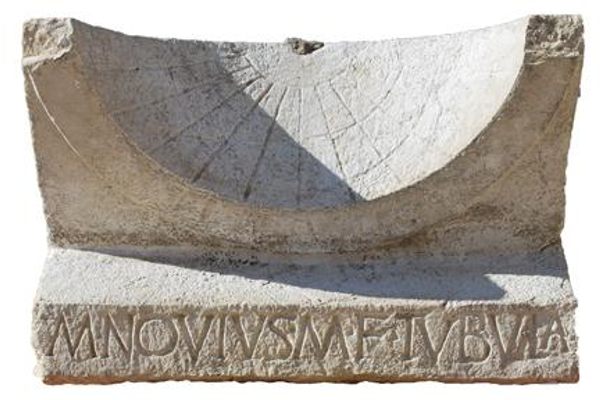Found: A Roman Tombstone Buried in the New York City Suburbs
Dated 54 A.D., it belonged to a tax collector.
Ancient Roman tombstone found buried in New York https://t.co/6B3U5gPKYX pic.twitter.com/mNCBkRVc1M
— Fox5NY (@fox5ny) December 6, 2016
While working on a new housing development in wealthy Westchester County, New York, just a short distance from New York City, construction crews uncovered a massive, mysterious stone, reports Fox5. Hollow on top, the rectangular pillar was carved with ornamentations and, on one side, a clear inscription in Latin.
It is, according to a Roman art expert at the Metropolitan Museum of Art, a tombstone from 54 A.D. It came from Rome and belonged to “a tax collector named Tiberius Claudius Saturninus.”
What is a 2,000-year-old Roman tombstone doing in Westchester? This discovery makes a little bit more sense when you know that the new development is being built on a spot that was once the home of some of America’s wealthiest families. This part of New York was once called Millionaires Row because of the lavish mansions built here by the Rockefellers, Astors, and other Gilded Age tycoons.
The new development is called “Greystone on Hudson,” after Greystone Castle, the home of Josiah Macy, a partner in Standard Oil. The Macy mansion burned down in the 1970s and, says the property’s developer, the debris was buried in the old house’s foundation.
That’s where the crew was digging when they found the tombstone. According to Fox5, it originally came from Villa Borghese in Rome, where Macy’s wife obtained it and brought it back to New York. It’s unclear whether she knew she had bought a tax collector’s grave, but there is something beautifully grim about a very rich woman putting a taxman’s grave in her home.








Follow us on Twitter to get the latest on the world's hidden wonders.
Like us on Facebook to get the latest on the world's hidden wonders.
Follow us on Twitter Like us on Facebook